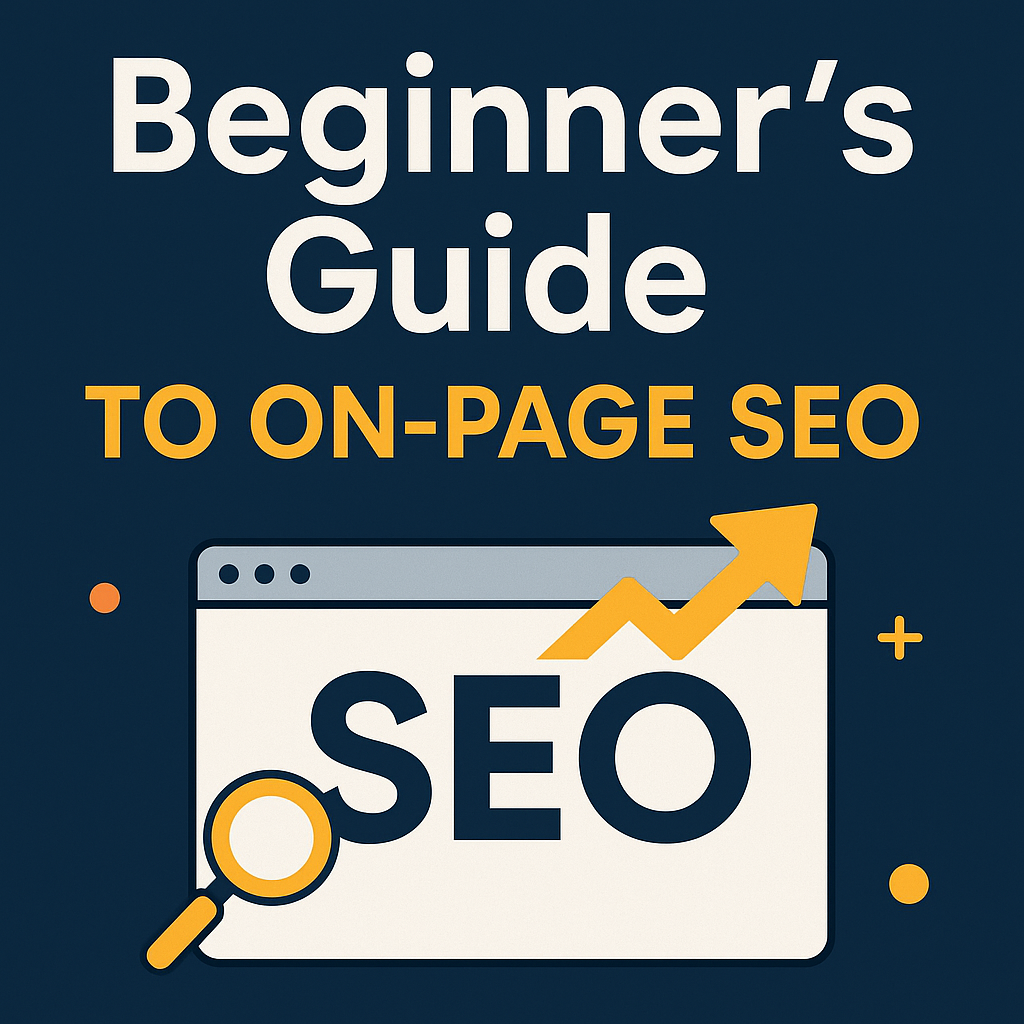In today’s competitive digital landscape, improving your website’s visibility through SEO is no longer optional—it’s essential. However, optimizing your site is only half the equation; tracking and measuring your SEO performance is equally important to ensure your efforts are paying off.
This guide outlines a strategic approach to both enhancing your website’s SEO and tracking its performance using effective tools and automation techniques.
Why SEO Performance Tracking Matters
Tracking your SEO performance helps you answer key questions:
- Which keywords are driving traffic?
- What content is converting visitors?
- How are users interacting with your site?
By understanding these insights, you can make data-driven decisions to refine your strategy and stay ahead of competitors. Without monitoring, businesses risk wasting resources on ineffective tactics.
Step 1: Lay the Foundation with Smart SEO Practices
Before diving into analytics, make sure your site is optimized. Here’s how:
1. Keyword Research
Start with identifying the terms your audience uses when searching for your products or services. Use tools like:
- Google Keyword Planner
- Ubersuggest
- Ahrefs
Focus on:
- Keywords with high search volume and low competition.
- Localized keywords that align with your market (use terms relevant to local culture).
Example: For an online fashion store, relevant keywords might be “men’s fashion” or “women’s clothing”.
2. Website Speed Optimization
A slow-loading website turns users away. Aim for a load time under 3 seconds.
Use Google PageSpeed Insights to identify and fix issues such as:
- Uncompressed images (use JPEG or PNG).
- Unnecessary JavaScript/CSS.
- Poor hosting services.
3. Mobile & User Experience (UX)
Ensure your site is:
- Easy to navigate.
- Mobile-responsive.
- Visually appealing with a clear call-to-action (CTA).
4. Content Creation
Content remains the backbone of SEO. High-quality, relevant content boosts search rankings and builds trust.
Tips:
- Address your audience’s questions.
- Localize your examples to resonate with your target demographic.
- Use visuals and infographics to enhance understanding and engagement.
- Always include image
alttags for better indexing.
Step 2: Track SEO Performance Using Free Tools
With your site optimized, the next step is to measure performance. Fortunately, several free tools help monitor SEO effectively:
1. Google Search Console
It provides insights like:
- Top-performing keywords.
- Click-through rates (CTR) and impressions.
- Mobile usability and indexing issues.
- Core Web Vitals for UX analysis.
Setup involves verifying your website and exploring the performance dashboard.
2. Google Analytics
This tool shows how users behave on your website:
- Pageviews and bounce rates.
- Time spent on each page.
- Traffic sources (organic, direct, referral, social).
- Audience demographics (age, gender, interests).
By linking it with Search Console, you gain a full-circle view of both traffic sources and user behavior.
3. Ubersuggest (Free Plan)
Provides keyword ideas, competitor analysis, and domain-level insights. Despite its limitations, it’s a great entry-level tool to:
- Track keyword rankings.
- Analyze backlinks.
- Conduct basic site audits.
4. Screaming Frog SEO Spider (Free Version)
Ideal for technical SEO analysis. This desktop tool scans your site for:
- Broken links.
- Duplicate content.
- Missing meta descriptions or tags.
- Crawl errors.
It’s especially useful for small to mid-sized websites.
5. Google Looker Studio (formerly Data Studio)
Use this to combine data from multiple sources and visualize trends:
- Keyword performance over time.
- Traffic fluctuations.
- Conversion rates.
Its drag-and-drop interface makes it easy to create custom, shareable dashboards.
Step 3: Automate Your SEO Reporting
Manual tracking is time-consuming, especially if you manage multiple sites. Automating reports helps you stay consistent and informed with minimal effort.
Automation Ideas:
- Google Looker Studio Reports
- Connect Google Analytics and Search Console.
- Use pre-made SEO templates or customize your own.
- Schedule email reports daily, weekly, or monthly.
- Google Sheets + API Integration
- Use Google Analytics API or Search Console Add-ons.
- Create real-time dashboards within Google Sheets.
- Use triggers for automated data refresh and alerts.
- Keyword Tracking Dashboards
- Use Looker Studio to pull in data from Ubersuggest or Rank Trackers.
- Set up keyword movement alerts.
- Track keyword position changes over time automatically.
- Google Search Console Alerts
- Enable email notifications for:
- Indexing issues.
- Security problems.
- Traffic drops or major ranking changes.
- Enable email notifications for:
Step 4: Optimize Based on Data Insights
Once you’ve automated your tracking, focus on continuous improvement:
- Identify what works: Which blog posts or landing pages convert best? Double down on that style or topic.
- Update underperforming content: Refresh old posts with new keywords, links, and improved formatting.
- Test CTAs and design: A/B test buttons, colors, or layout changes to boost engagement.
- Improve internal linking: Guide users (and Google) to high-value pages.
Step 5: Learn from Experts or Hire Help
If SEO feels overwhelming, consider partnering with reputable SEO agencies or consultants that specialize in your industry and geographic market.
- In-depth SEO audits.
- Customized content strategies for local audiences.
- Ethical backlink building and reputation management.
- Case studies that show real growth in traffic and keyword rankings.
Final Thoughts
SEO isn’t a one-time fix—it’s a continuous process of optimization, measurement, and adaptation. By combining strong foundational practices with smart tracking and automation, you can improve your website’s performance without being overwhelmed.
Start with tools you already have—Google Search Console and Analytics—then expand your tech stack as needed. Automate wherever possible, and always base your decisions on real data.
Whether you’re doing it solo or working with a professional team, tracking your SEO ensures that every optimization step moves you closer to real business success.

